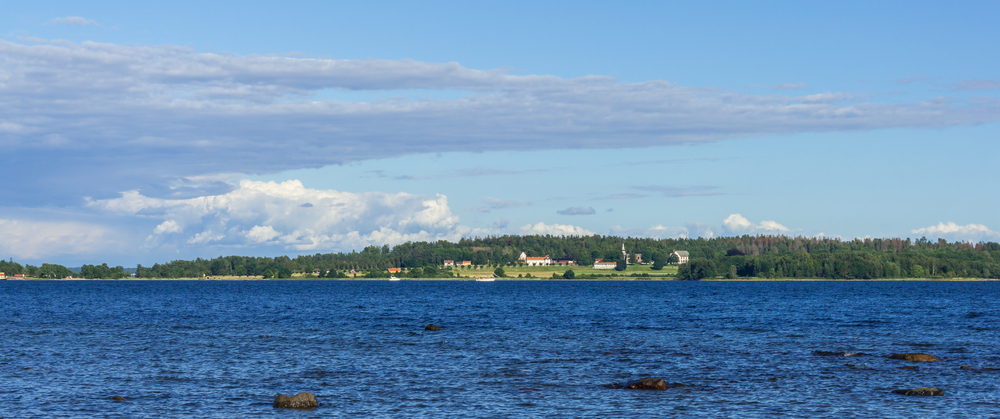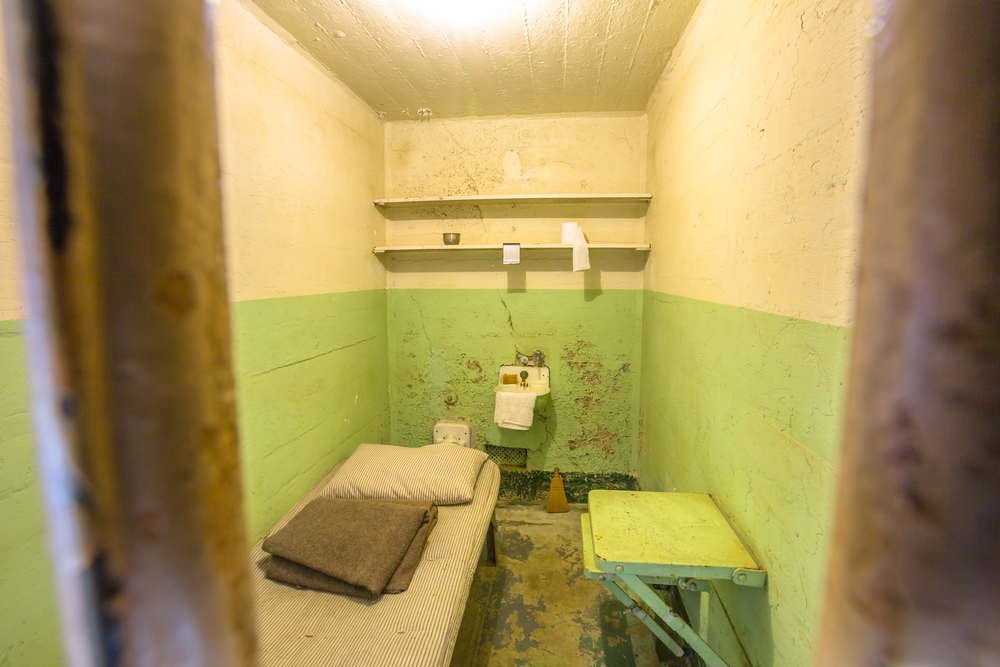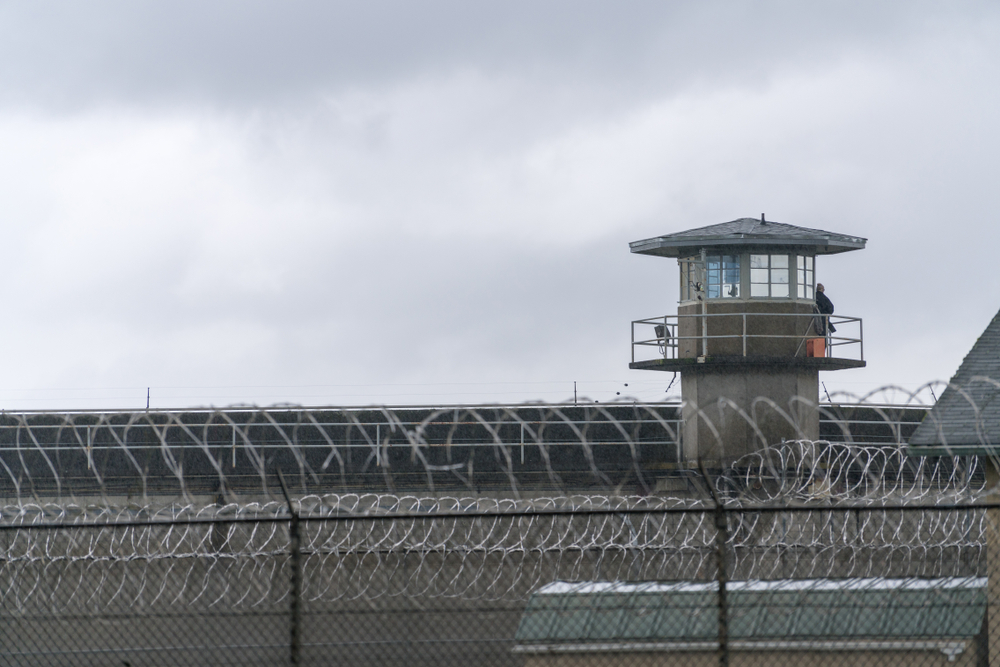Globally, the number of people in prison is constantly increasing. Today, most states in the United States have more prisons than universities, and there is a constant need for new prisons as the existing ones are rapidly filling up.
In stark contrast to the US and also Great Britain, the Nordic countries are experiencing the reverse: Prisons are closing due to a decrease in the prison population. The reason behind this divergence is the “restorative justice” approach that is practised in the Nordic countries. The aim of this approach is to rehabilitate people in order to successfully reintegrate them into society and “create good neighbours”. This differs hugely from the US where the goal is to punish and thereby discipline the prisoners.
The “restorative justice” approach is relatively new in Norway. Before the reform in the early 1990s the Norwegian prison system was very different, focusing on punishment. The result was a 60 to 70 percent recidivism rate (the tendency of a convicted criminal to reoffend). After a decades-long campaign by the Association for Criminal Reform (KROM), reforms were introduced to the Norwegian Correctional Service. These reforms focus on rehabilitation rather than punishment by creating opportunities for education, work and other activities. As a result, the recidivism rate dropped to 20 percent.
These reforms are driven by a big shift in values. Today, rehabilitation and the treatment of offenders as people rather than criminals is at the core of the prison system in Norway. Prisoners live in dorm-like rooms with privacy and relative comfort. It is accepted that some people have to be incarcerated, but the ideal goal is to get them back into society in a better shape than they were at the time of imprisonment.


Meanwhile, in the UK and US prisoners are forced to wear uniforms and their daily activity is strictly regulated. In such systems the punishment goes beyond restricting the prisoner’s liberty to move freely in society, which is the essence of imprisonment as punishment. It also dehumanises the inmates, which creates a lasting effect on how they regard themselves in society. Norwegian prison officials believe that “if you treat someone as a monster, they’ll behave like a monster”. As the deputy warden Jan R. Stromnes at Halden prison states, “people are more than their criminal acts”. In Norway imprisonment is seen as the last resort. It is also seen as an opportunity to help rehabilitate people successfully, which is believed to benefit the broader society in the long run.
The Nordic approach seeks to make life inside the prison resemble life outside as much as possible. That does not only include having comfortable rooms, access to media, and opportunities for exercise and skill development; it also means that prisoners are encouraged to keep contact with their loved ones. Studies have found that “[o]ne of the main reasons for reoffending is the lack of post-release supporting mechanisms”. This proves why staying in contact with family and loved ones should be encouraged. In Norway this is facilitated through incarcerating people as close to home as possible. In the US, prisoners are often instead sent hundreds of miles away from their hometown, making it difficult to have regular contact with their personal network. However, in Norway, female inmates face more challenges as they are often imprisoned far from home because of the few women prisons in the country.
Another big difference is how conflict is solved in prisons. In the US physical force is used to resolve conflicts, while in Norway it is believed that “the best weapon we’re armed with is the mouth and the ability to communicate”. Most things can be solved simply through communication and the creation of smaller communities within the prison. Compared to the US there is little violence in Norwegian prisons, and limited evidence of the corrosive criminal prison subculture that dominates traditionally designed prisons elsewhere.
In Norway prisoners are each given a “contact officer” who helps them develop goals for their future, both professionally and personally. Some common goals are even put up on the walls, like freedom, health, self-mastery, purpose and belonging, which the inmates are all working towards. Most prisoners in Norway also have plans beyond just getting out of prison – their goal is to go straight.
The Nordic prisons also follow a “progression” model. It involves gradually giving prisoners more and more trust, opportunity, and responsibility before they are released back into society. In practice, this means that a prisoner who has been imprisoned in a maximum-security prison will first be transferred to a low-security prison and then a so-called “halfway house” before being fully released. A study found that “one of the main problems is the lack of a stage between imprisonment and freedom. It is of crucial importance to provide prisoners with work-related education during their imprisonment and proper employment after release”.
Another reason for why recidivism is so low in Norway is because the country puts higher focus on the issue of mental health. Both in the US and Norway, many prisoners experience mental health issues. However, compared to the US, Norway allocates nearly twice as much of its health spending on mental health, including resources for treatment and social support. Overall, Norway spends nearly four times as much per prisoner annually compared to for example the state of Michigan in the US.


Experts conclude, however, that in the long run the US spends more money because of the high recidivism rate and the longer sentences. There is a strong correlation between allocating more resources for the improvement of prisoners’ lives and decreased reoffending. “Reducing the population that is reincarcerated means more individuals are able to contribute to Norway’s economy once their sentence is complete.”
In England and Wales an average of 40 000 British pounds is spent each year per prisoner. In 2007, fourteen prisons in the two countries had recidivism rates of more than 70 percent. Ultimately, this amounts to a huge investment in failure, according to The Guardian.
Due to its success some US states have started to take an interest in the Nordic incarceration approach. In 2015, North Dakota sent experts to Norway as part of a diplomatic program. By reforming their system through adopting elements of what they had seen in Halden, their prison population dropped by 6,5 percent within three years.
A shift in values regarding the societal view of criminals and imprisonment not only has a positive impact on the reintegration of people who have committed crimes; it is also an economically efficient solution to the overcrowding of prisons that many countries are struggling with. Societies across the world are complex and differ greatly. But, as the North Dakotan case shows, positive examples in one part are repeated in others.
Nora Eliassen








